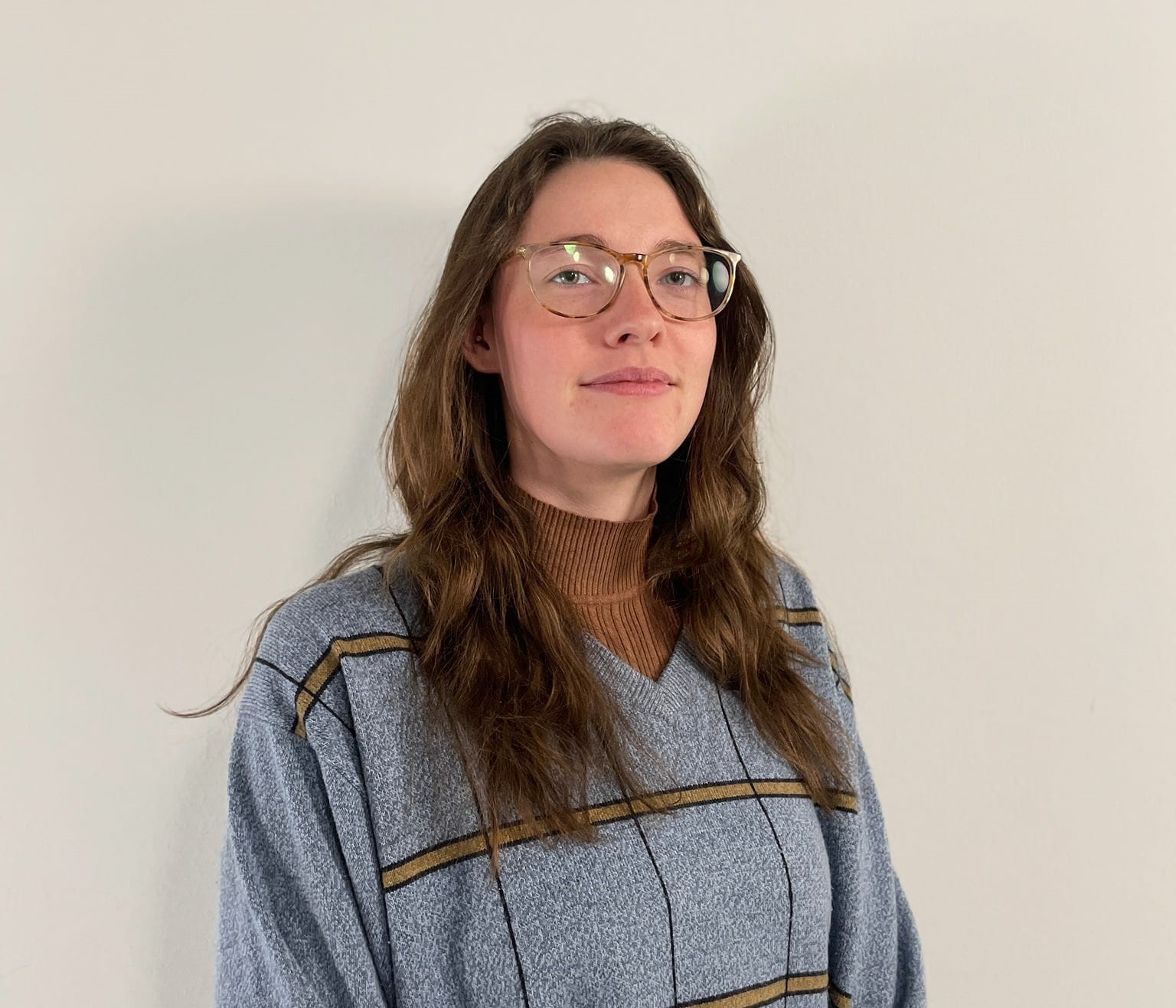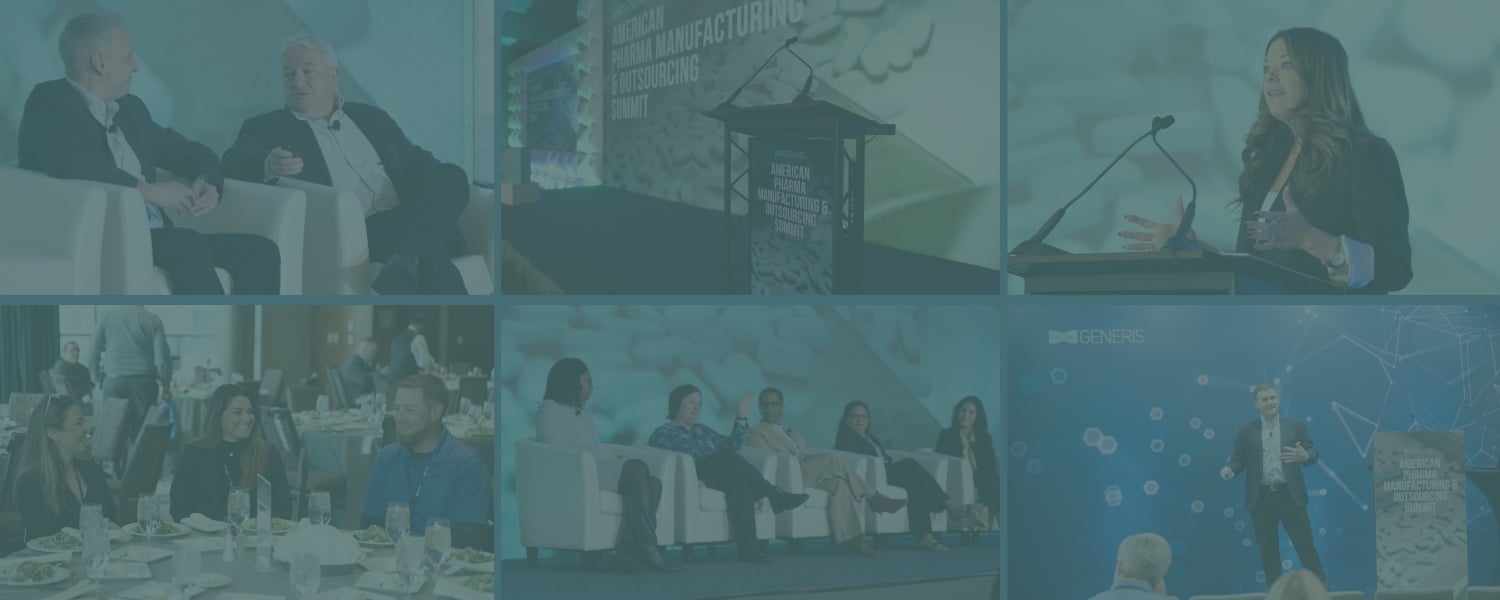In this Speaker Spotlight, Pietro D'Arpa, FMCG Supply Chain Global Expert and Former VP of Supply Chain Logistics and End-to-End Strategic Planning, discusses how, during his time at Procter & Gamble, the company implemented strategies to achieve net-zero emissions in logistics, focusing on emissions calculation, targeted reduction initiatives, and the adoption of sustainable technologies and practices.
This article provides insight into Pietro D'Arpa's upcoming panel discussion, "Green Logistics: Charting the Course to a Net-Zero Future," which will be featured at the European Supply Chain Summit.
Pietro's session will include a case study on emissions reduction, an introduction to a three-step framework for sustainable logistics, and a discussion on enhancing transport efficiency. Furthermore, Pietro will highlight the advantages of adopting cutting-edge technologies and reusable packaging to minimize CO2 emissions and reduce costs.
Could you tell us more about your personal career journey in the biomanufacturing space?
 My “driving force” throughout my career has been #TransformingSupplyChains, driven by a passion for optimizing operations through automation, digitization, and innovation. I believe in the power of strategic planning, continuous improvement, and collaboration to create supply chains that not only meet business objectives but also leverage the latest in AI and technology to revolutionize how businesses operate globally.
My “driving force” throughout my career has been #TransformingSupplyChains, driven by a passion for optimizing operations through automation, digitization, and innovation. I believe in the power of strategic planning, continuous improvement, and collaboration to create supply chains that not only meet business objectives but also leverage the latest in AI and technology to revolutionize how businesses operate globally.
In my last role, I led the Supply Chain organization for Procter & Gamble in Europe, where I was responsible for Logistics Operations and End-to-End Strategic Planning across all product categories. My focus was on transforming supply chains by integrating advanced automation, AI-driven solutions, and digitalization to enhance operational efficiency, agility, and environmental responsibility.
My career with Procter & Gamble has spanned over 38 years and multiple continents. I began as a Process Engineer in the Paper Business at the Pomezia Plant in Italy, and from there, my journey took me across various regions in Europe and the USA. I held leadership roles in countries such as Belgium, the UK, Switzerland, and Ireland, where I managed operations in laundry detergents, beauty, and fine fragrances. In the USA, I expanded my expertise further by leading Global Pet Care, Global Beauty and Feminine Care Manufacturing, and Global Corporate Manufacturing.
This extensive international experience, across both Europe and the USA, provided me with a unique perspective on global supply chain challenges and opportunities. It equipped me to lead Procter & Gamble’s European Supply Chain with a deep understanding of diverse markets and cultures, and to drive initiatives that were globally relevant but locally effective.
In my role as Vice President of Supply Chain for Europe, I spearheaded Procter & Gamble’s Sustainability Logistics Strategy, aiming to achieve “Net Zero Emissions” This involved not only developing innovative strategies that balanced business needs with environmental goals but also leading the charge in automating and digitizing the end-to-end supply chain processes across multiple countries. By incorporating AI and other cutting-edge technologies, I ensured that Procter & Gamble’s supply chains were not just efficient and sustainable, but also future-ready.
Since retiring from Procter & Gamble in July 2024, I have continued to pursue my passion for supply chain excellence as a Board Advisor and Visiting Professor. I am dedicated to advancing better supply chain management practices, with a focus on automation, digitization, AI, and sustainability, by sharing my insights and experiences with the next generation of leaders.
Based on your experience, what were some of the most pressing challenges that Procter & Gamble faced in mitigating transport-related emissions?
One of the most pressing challenges faced in mitigating transport-related emissions was the complexity of shifting towards more sustainable transportation modes, such as rail and waterways, within a fragmented European infrastructure. While intermodal transport is key to reducing emissions, the lack of appropriate connections and variability in service quality posed significant challenges.
Additionally, reducing empty miles remained a persistent issue, with inefficiencies arising in various regions due to underutilized transport capacity. Addressing these challenges requires a strategic approach that includes accurate emissions reporting, the implementation of targeted reduction measures, and fostering collaboration across the supply chain. While progress is significant, these efforts are ongoing and continue to play a crucial role as we work towards the sustainability goal.
Could you outline the critical components of the three-step strategic framework you used, and how they contributed to achieving the overall goals during your time at Procter & Gamble?
The three-step strategic framework is central to the efforts to reduce emissions in logistics. The first step focuses on accurate emissions reporting, involving a rigorous and detailed calculation of our transport-related emissions. This provides a clear baseline and allows us to set precise, science-based targets. The second step is implementing targeted reduction measures across our transport operations. The third step involves fostering collaboration among all stakeholders, which is essential for driving systemic change.
By working closely with customers, carriers, and other partners, we aim to enhance efficiency, reduce costs, and move closer to the sustainability goals. This collaborative approach, while still evolving, shows promise in reducing empty miles and optimizing vehicle fill rates, as well as in our efforts to transform linear supply chains into more circular ones through initiatives like the GS1 Smart Box.
"By working closely with customers, carriers, and other partners, we aim to enhance efficiency, reduce costs, and move closer to the sustainability goals."
What leading technologies did Procter & Gamble adopt for different transport segments (short, medium, and long haul) while you were there?
For short-haul transport, we integrated electric vehicles for internal shuttling within our distribution centers and actively testing e-trucks. However, the primary focus and winning strategy for short-haul transport was optimizing vehicle fill rates and route efficiency through AI-driven solutions, such as the multi-drop strategy, which significantly enhances our operational efficiency.
For medium-haul, we explored biofuels like HVO (Hydrotreated Vegetable Oil) and biomethane, which offer substantial CO2 savings. For long-haul transport, the focus was on maximizing intermodal transport, particularly rail, and optimizing vehicle fill rates to enhance the efficiency and sustainability of our operations.
What strategies did Procter & Gamble employ to reduce empty miles in its transport operations during your tenure?
To reduce empty miles, a combination of collaboration and innovation is necessary. We partnered with other companies and customers to optimize return loads, ensuring that trucks are fully loaded whenever possible. Additionally, we focus on optimizing vehicle space utilization and improving fill rates through various initiatives, including the use of AELER containers. These strategies collectively help to reduce empty miles, contributing to lower emissions and operational costs, though there is still much work to be done to fully realize the potential of these initiatives.

How did Procter & Gamble integrate sustainable and reusable packaging solutions into its transport logistics while you were leading the team?
Procter & Gamble integrates sustainable and reusable packaging solutions into our logistics through innovations like the Smartbox system. This system, currently in place for certain product categories in Germany, is designed to replace traditional, disposable packaging with reusable alternatives that optimize vehicle fill rates and reduce the overall number of trips needed. By standardizing these containers, we increase vehicle efficiency and reduce packaging waste. However, this is an ongoing initiative and could bring to its broader implementation to maximize its impact on sustainability goals.
What were the main benefits of these packaging solutions in terms of CO2 reduction and cost savings from your perspective?
The main benefits of sustainable packaging solutions, such as the Smartbox system, are twofold. First, in terms of CO2 reduction, these solutions show potential to significantly decrease the number of trips required by maximizing vehicle fill rates, which directly contributes to lowering transport-related emissions. Second, from a cost savings perspective, these innovations reduce the need for disposable packaging materials and improve logistics efficiency, leading to savings in both material costs and transport expenses.
We sincerely appreciate the valuable insights provided by Pietro D'Arpa in this blog post. His expertise will greatly enhance our discussions at the European Supply Chain Summit. We are eagerly anticipating his upcoming session, "Green Logistics: Charting the Course to a Net-Zero Future," which will take place on 20-21 November 2024 in Antwerp, Belgium.
%20(1).png?width=773&height=112&name=Generis%20Logo%20full%20Colour%20(Large)%20(1).png)


-Nov-13-2025-01-18-02-9699-PM.png)
-2.png)